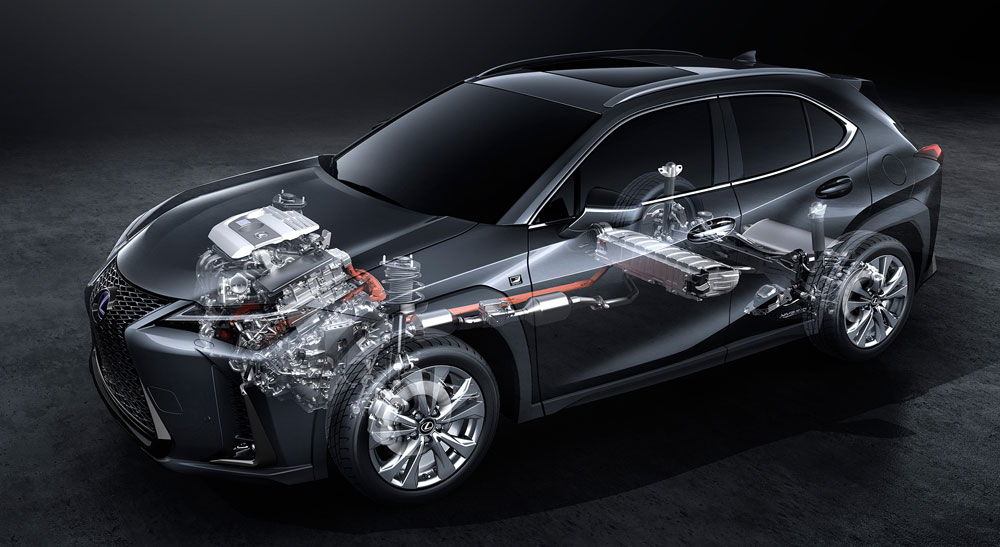Ever since I started reading about Nissan's VC and Mazda's Skyactiv-X, I've been wondering whether the two could be combined, or if it was even worth doing so. Alas, the automotive press, to my knowledge, has remained silent on this subject. Yours is the first comment and guesstimate I've ever seen on the subject.
I think my estimate was based on a very old EPA paper from ten years ago. In that analysis they projected the timeframe for ICE technologies to trickle down into mainstream. They correctly predicted dual VVT, dual-injection, and Miller-cycle operation to become standard before 2020. They incorrectly predicted continuous VVL to be cheap enough to be widely adopted, but as of 2018 only BMW and FCA use it extensively (while Honda/Nissan/Toyota limited CVVL to selected applications).
VC is a pre-requisite for HCCI operation to avoid nasty NOx problems. My prediction is that Mazda will keep refining Skyactiv-X and come close to 48% thermal efficiency around 2025, while the industry play catch-up until near 2030 (SkyActiv-G was almost 5 years ahead of its time).
I'm personally mostly interested in their RWD hybrid program and I'm curious if they will ever achieve price parity. It's so freakin complex and they keep on adding more stuff to it (like 4 speed auto) that I'm wondering if they have a long term plan for it at all.
I do agree the multi-stage THS is unneccessarily complex. Ever since the original GS450h they kept adding components to the system that it has blown up in complexity and weight. Meanwhile their transverse FWD hybrid package has become really cheap, compact, efficient, and gets the job done.
From one literature review that I read recently, it seems that TMC had never had consistency in its RWD hybrid programs. Their longitudinal hybrid powertrains are always experimental and not optimized for mass production. They have the same problem with their E-Four applications, which are super complex and inefficient.
The fundamental problem is still their battery tech (or their conservative approach to new battery tech), which lacks in both power density and energy density, so they have to make up the deficit from mechanical tricks here and there.
The 500h is certainly impressive as it beats the old 600h system in every aspect imaginable. But they could do much, much better than that. The multi-stage THS needs consistency and modularity so engineers could keep working on refining it, instead of trying something new every time they need to develop a new hybrid system.
Their RWD hybrids might end up being PHEVs with ICE range extenders to justify the price spread between gasoline model and hybrid in RWD vehicles. I don't know I'm just guessing here but what I do know is that $10,000 difference between RWD car with the gasoline engine and exact same RWD car with exact same gasoline engine with mounted hybrid components will get them nowhere.
They won't be doing a RexEV on RWD because it makes no sense. What is your reasoning that it makes sense? RexEV and serial hybrid are both stupid ideas for high-power applications. That's why GM went down the same input-split serial-hybrid route on 2nd gen Volt.
While the Nissan's new engine is a marvel, the specs don't really wow anyone. Barely a bump over the VQ engine in regards to MPG and power is average.
100kW(134hp)/L with 40% maximum thermal efficiency. That's the impressive part about it. Nobody builds any turbocharged engine even close to that kind of specs. Well I guess to the general public it's a little bit hard to comprehend. What they do understand is that it's mated to a hated CVT. What a missed opportunity there.
They also claim it has same level of NVH as V6, at least they have that going for them. But Honda said their 2.0T is as good as V6 too and we all know what happened to the new Accord.

